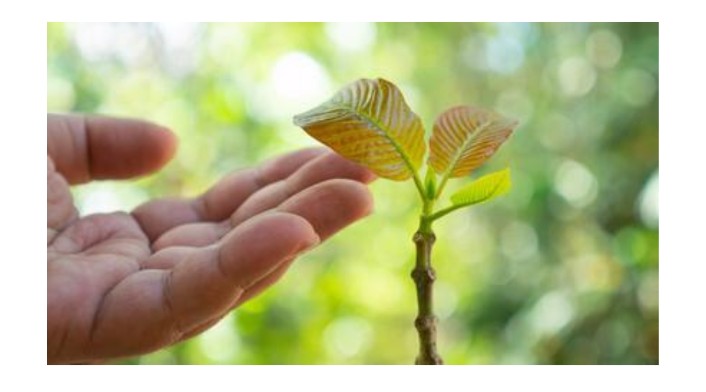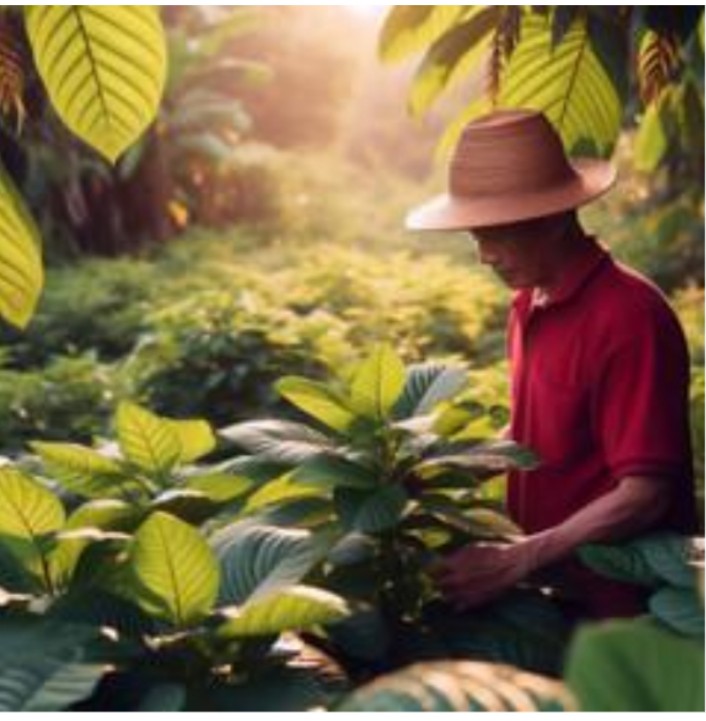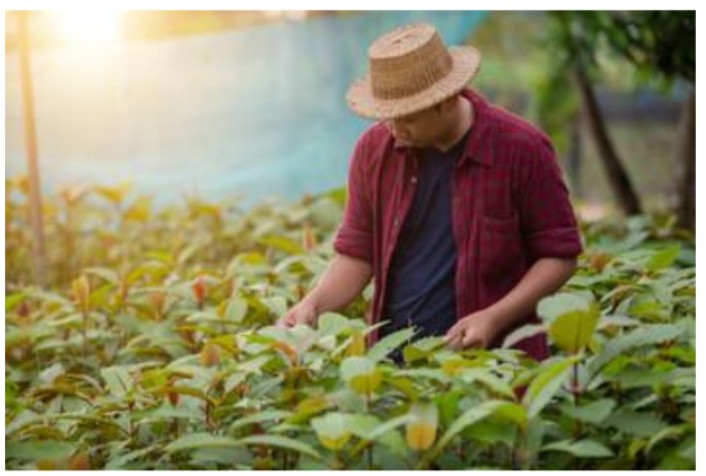The demand for kratom has risen significantly in the last few years. Unknown until recently, this Southeast Asian herb has now permeated the global wellness industry, where many administer it to remedy pain, anxiety, and other common medical issues. Recent estimates suggest that the United States kratom market alone is worth $1.5 billion.
Kratom’s surging popularity may trigger a shortage of this therapeutic herb at some point in the future. The best way to forestall that scarcity is to ramp up production by investing more in kratom cultivation.
The good news is that kratom is reasonably hardy. However, even the most resilient plants thrive under certain conditions.
We’ve prepared a beginner’s guide to growing kratom at home, focusing on the best soil practices you can implement for maximum yields.

1. Aim for Well-drained Soil
Kratom, which naturally thrives in tropical rainforests. However, the plant doesn’t tolerate saturated soils.
Waterlogging can prevent essential minerals from reaching and getting absorbed by kratom’s roots. Very loose soil structure would be equally disastrous, as it causes nutrients to quickly leach out of the soil.
However, the term “well-drained soil” may connote different things to different growers. That’s because there’s no definite standard for measuring how well-drained a piece of soil is.
The conventional wisdom is to take a soil sample and pour water into it. Check how quickly the water percolates through the soil without pooling over it.
If you’re still in doubt, try mixing equal amounts of sand and clay soil. That should give you loam soil, which drains water reasonably fast without pulling nutrients down with it.
You could also buy topsoil or seek professional recommendations. Many reputable kratom Canada stores would be happy to sell kratom topsoil or advice on the plant’s ideal growing conditions.
2. Use the Right Fertilizer Composition
One of the primary reasons kratom flourishes in Southeast Asia is the rich soil in this region. If cultivating the plant in a different climatic zone, you may need to fertilize it occasionally.
Like most plants, applying humus is the easiest way to fertilize kratom.
Humus helps with water retention while moderating the intake of ionized nutrients from other fertilizer sources, such as compost and biomass.
If you must apply industrial fertilizer, consider those formulated with an equal amount of the three macronutrients – Nitrogen, Phosphorus, and Potassium.
Timing is also key when it comes to kratom fertilization. Experts recommend applying at least half-to-2/3 of a nitrogen-based fertilizer during planting and germination.

3. Apply Mulch
Mulch is a layer of organic material you apply to the soil surface to aid plant growth. It plays a critical role in conserving soil moisture.
Mulch is essential if growing kratom outdoors, where dry conditions can quickly take a toll on the plant’s health.
Besides preserving soil moisture, mulch also improves soil fertility. The material gradually breaks down to form a thin layer of humus, which serves as the first nutrition line before introducing industrial fertilizer.
Applying mulch on your kratom plantation may also tame weed growth, reducing the need for herbicides. Moreover, the material looks appealing when freshly applied.

4. Use Cover Crops
Kratom is a relatively tall plant. Mature trees can reach towering heights of 82 feet (25 meters).
Due to kratom’s sheer height, many growers may not deem it wise to incorporate cover crops like ryegrass into their kratom fields.
However, cover crops aren’t only beneficial for short, biennial, and annual plants. Adding these crops to your kratom plantations can help to preserve the soil’s moisture and nutrient content.
Cover crops are essential if cultivating kratom on a sloping piece of land. They help to stabilize the soil, guarding against soil erosion.
Some cover crops may keep weeds and pests at bay while attracting pollinators. Besides, these plants can enhance the soil’s nutrient content when their shed leaves decompose.
5. Maintain The Ideal pH Range
Kratom prefers slightly acidic soils with a pH range between 5.5 and 6.5. Perhaps the next question is -what happens when the soil is too acidic or alkaline?
Acidity inhibits the growth of healthy soil organisms, such as earthworms, and nitrogen-fixing bacteria like the rhizobia. This can have adverse impacts on soil fertility.
Acidity also decreases water intake and use. It causes undue stress on plant roots, inhibiting their ability to absorb water and valuable mineral salts.
Overly alkaline soils are equally bad for your kratom plants.
Hyperalkalinity may improve the bioavailability of macronutrients. However, it can have the opposite effect on micronutrients. Zinc, phosphorus, and iron are micronutrients whose absorption rate diminishes significantly in alkaline soils.
Alkalinity may also obstruct root development by blocking water supply to the roots. Without urgent interventions, crop failure is inevitable.

Summary
Implementing the above soil practices is critical to ensuring a bumper harvest of your kratom crops. However, soil aspects alone may not guarantee optimal yields. You’ll need to maintain other conditions considered ideal for healthy kratom growth.
Water your kratom plants at least once a week or as soon as the top inch of the soil feels dry. Also, ensure the plants receive direct light for up to eight hours daily. Warmer temperature (between 70 and 90 degrees Fahrenheit) is also critical to healthy kratom growth and development. As for relative humidity, aim for anything between 70 and 80 percent, reducing the humidity slightly as the plant nears harvesting.




